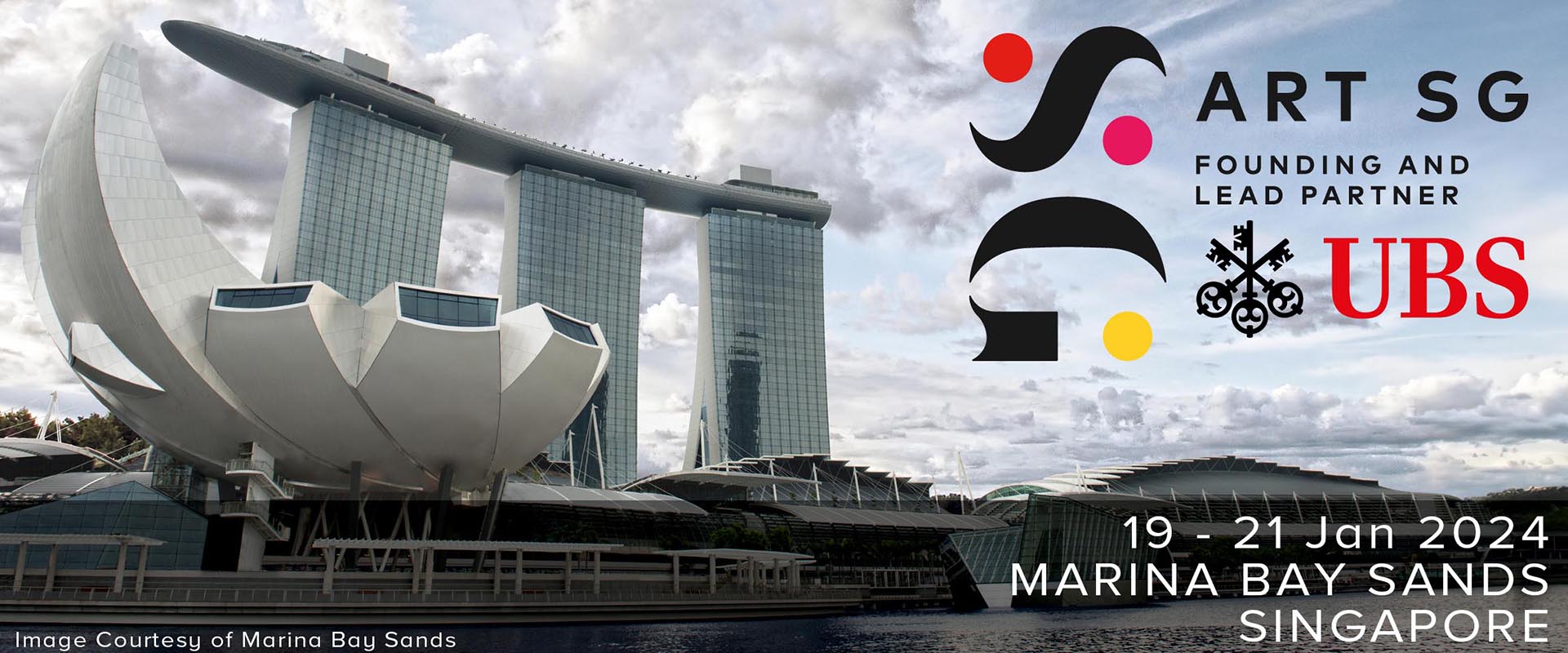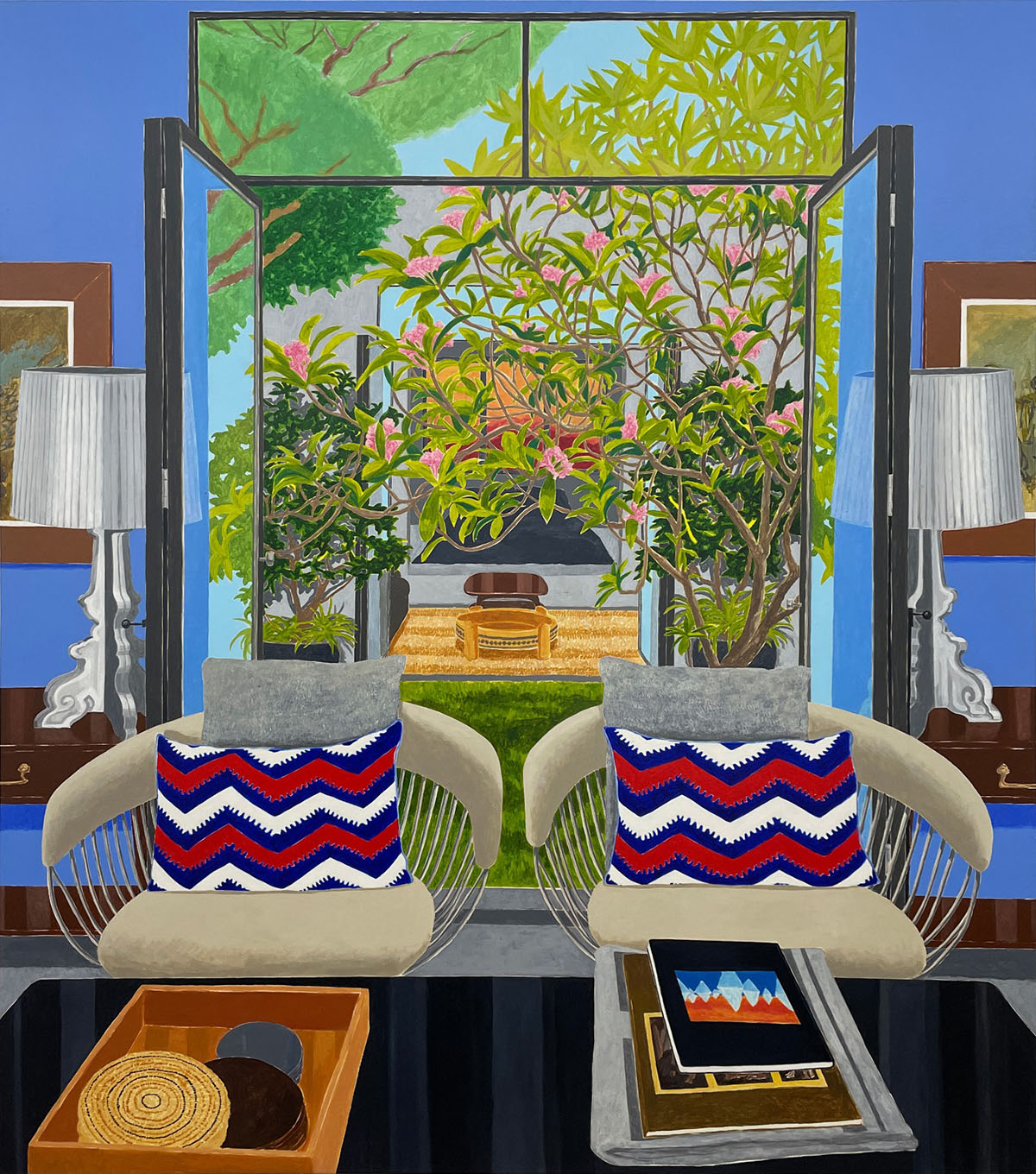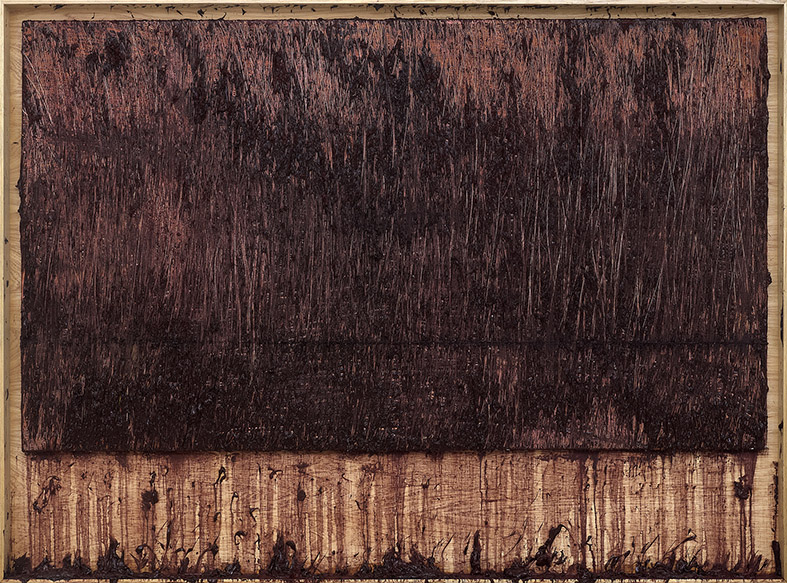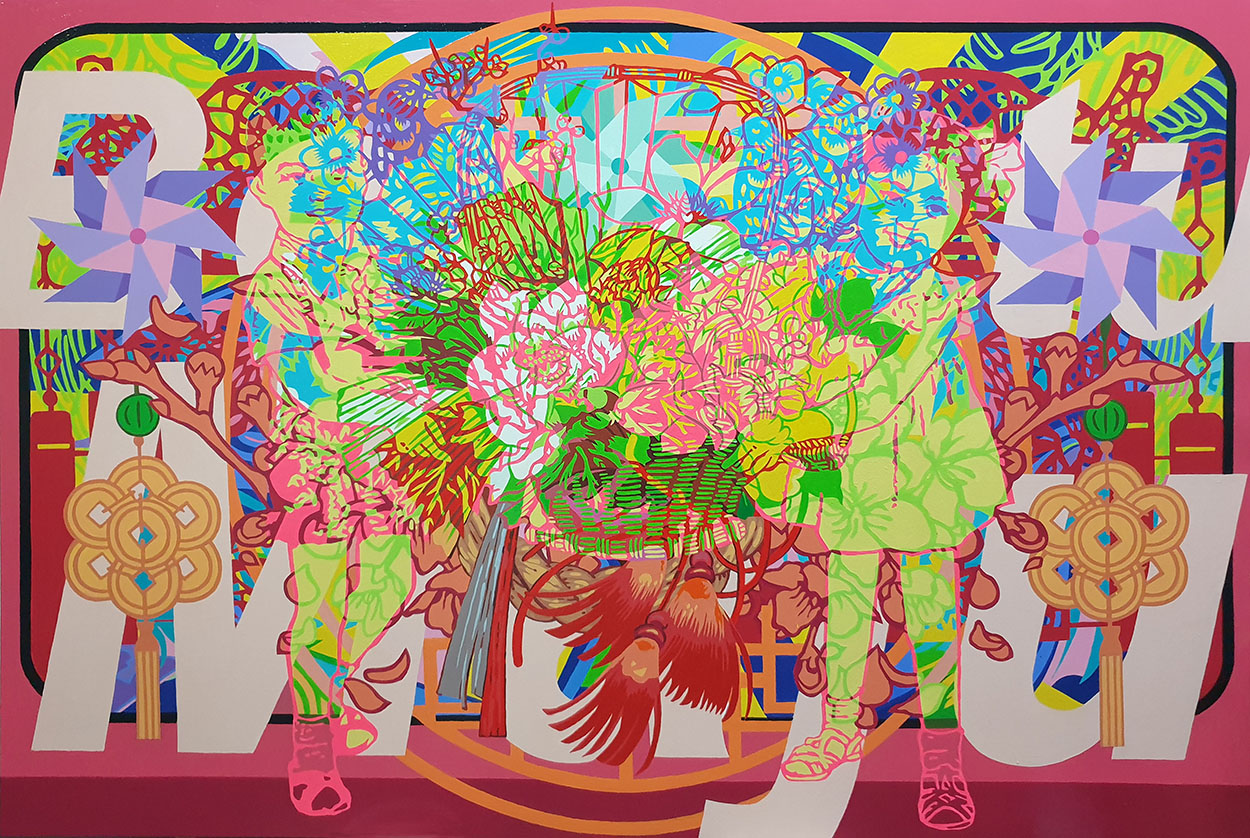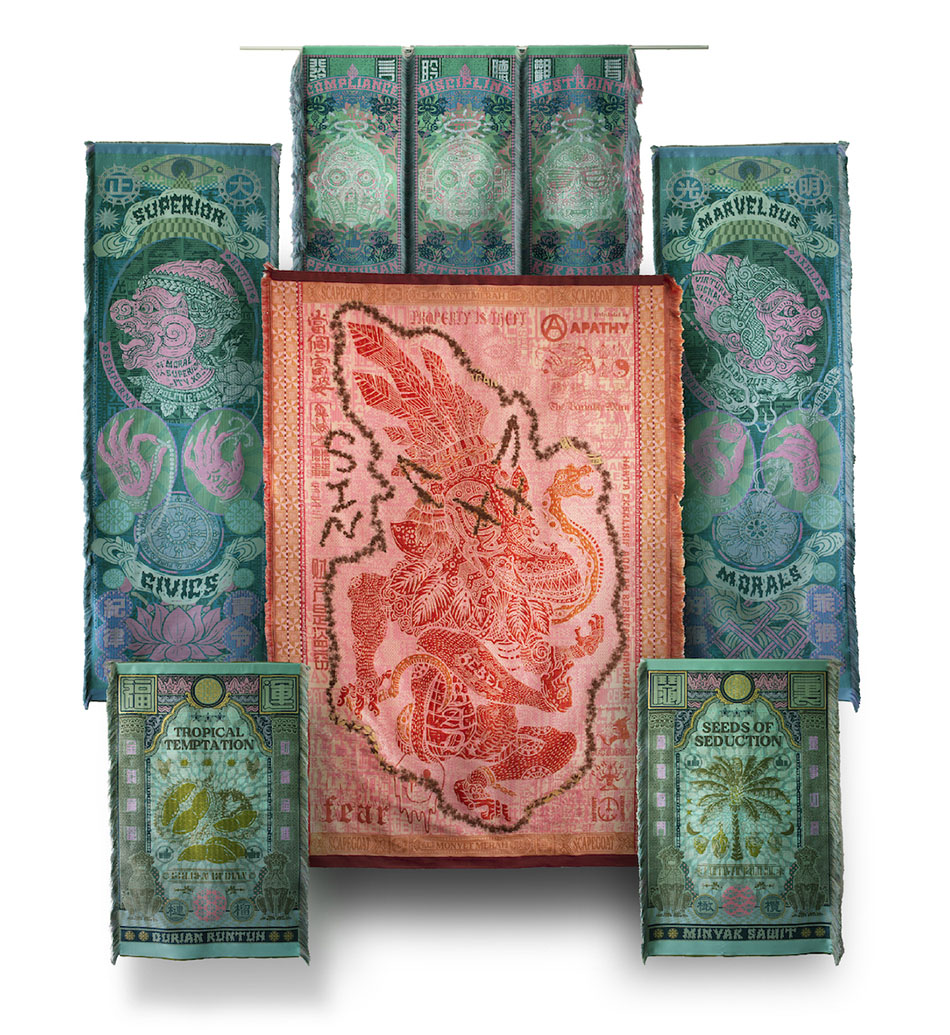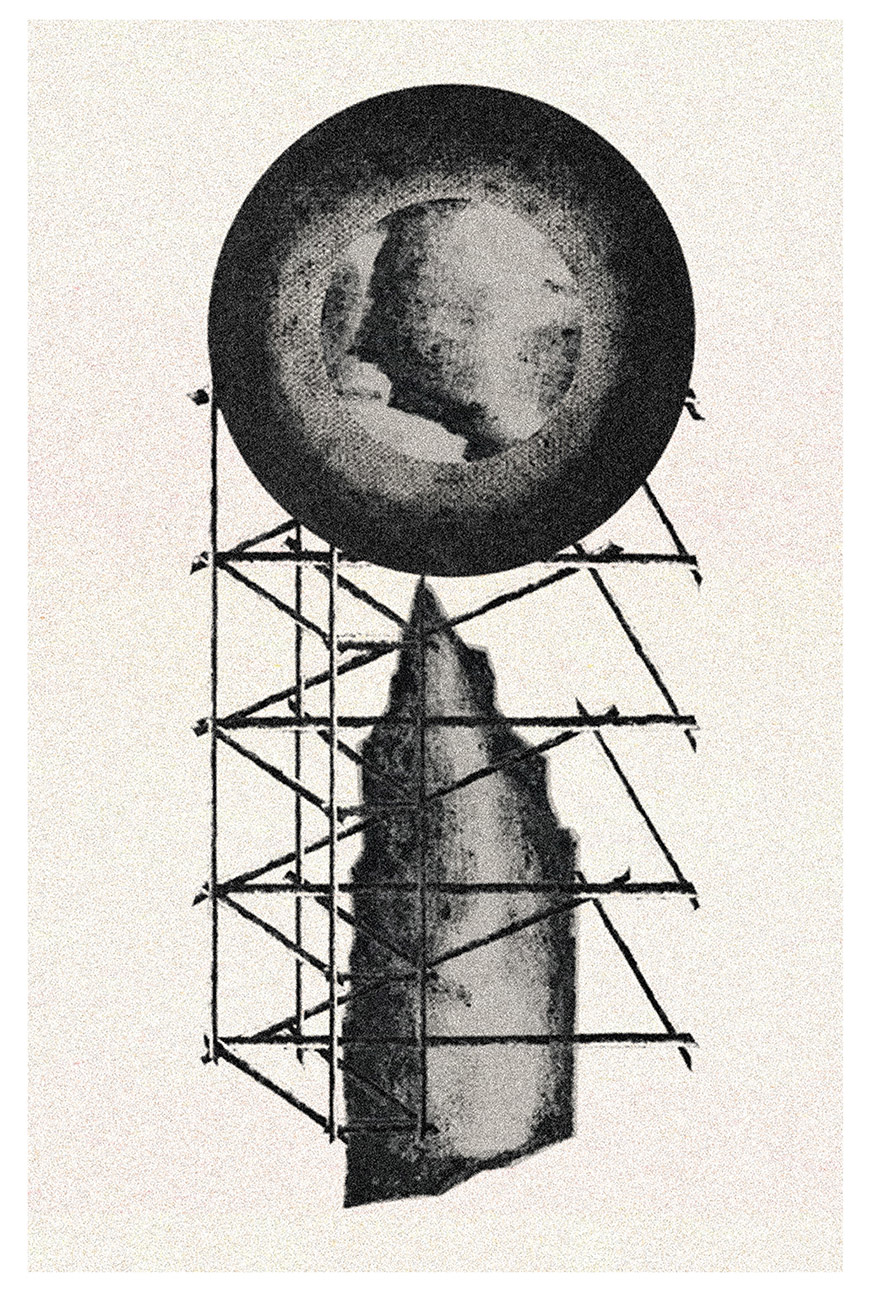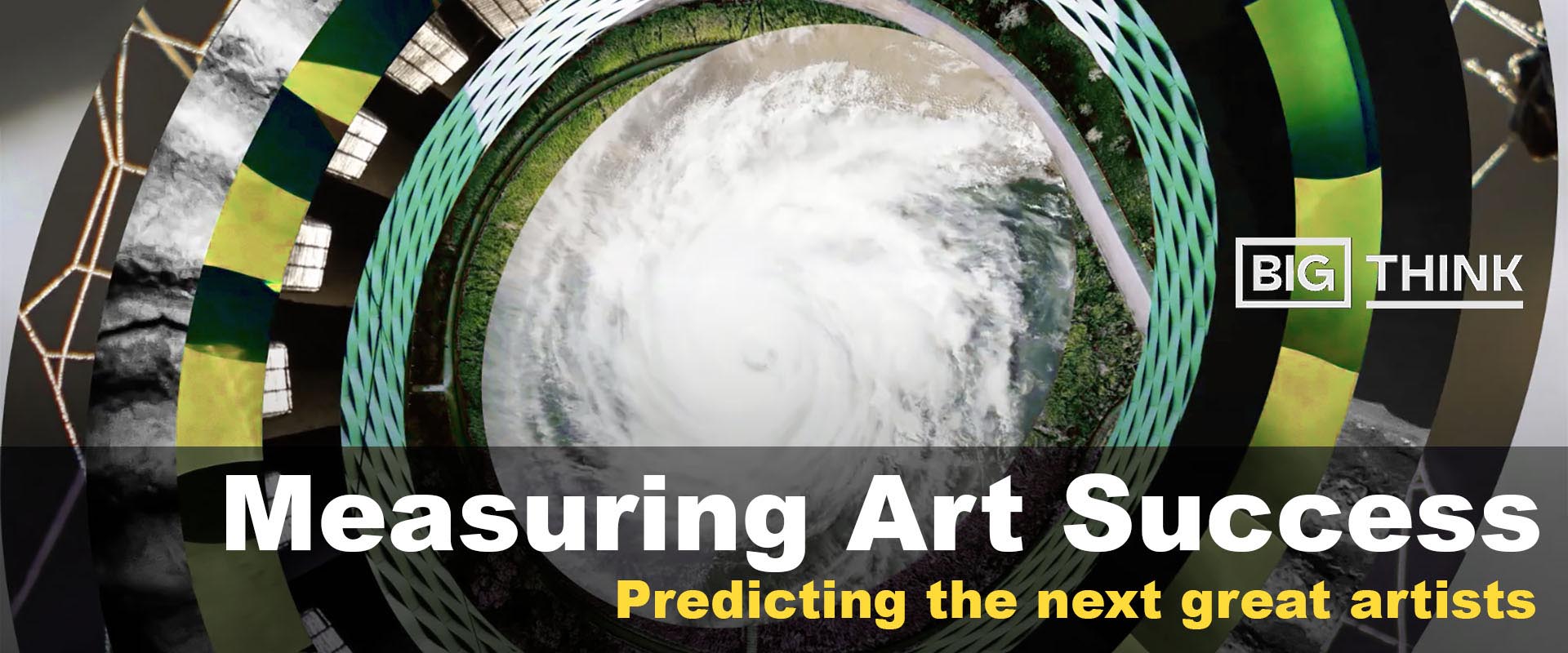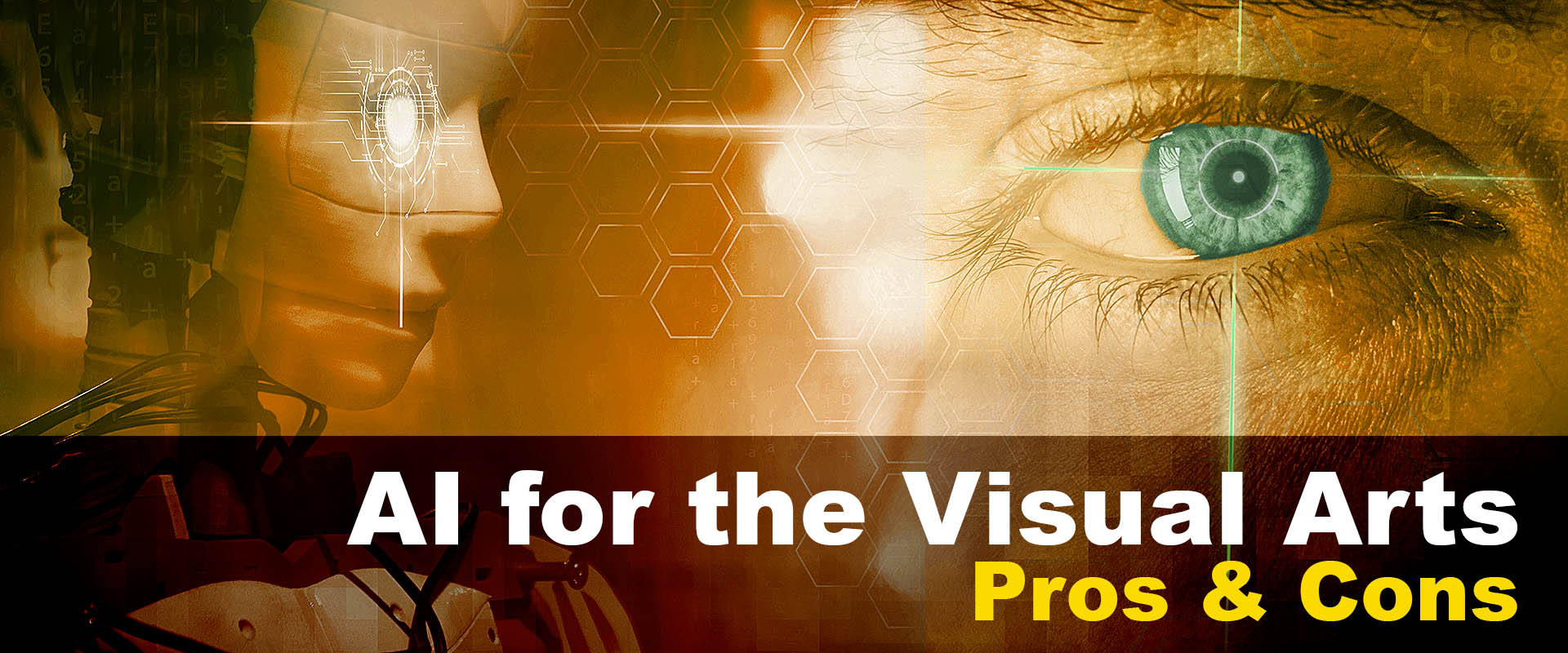The Print Sector is Expanding
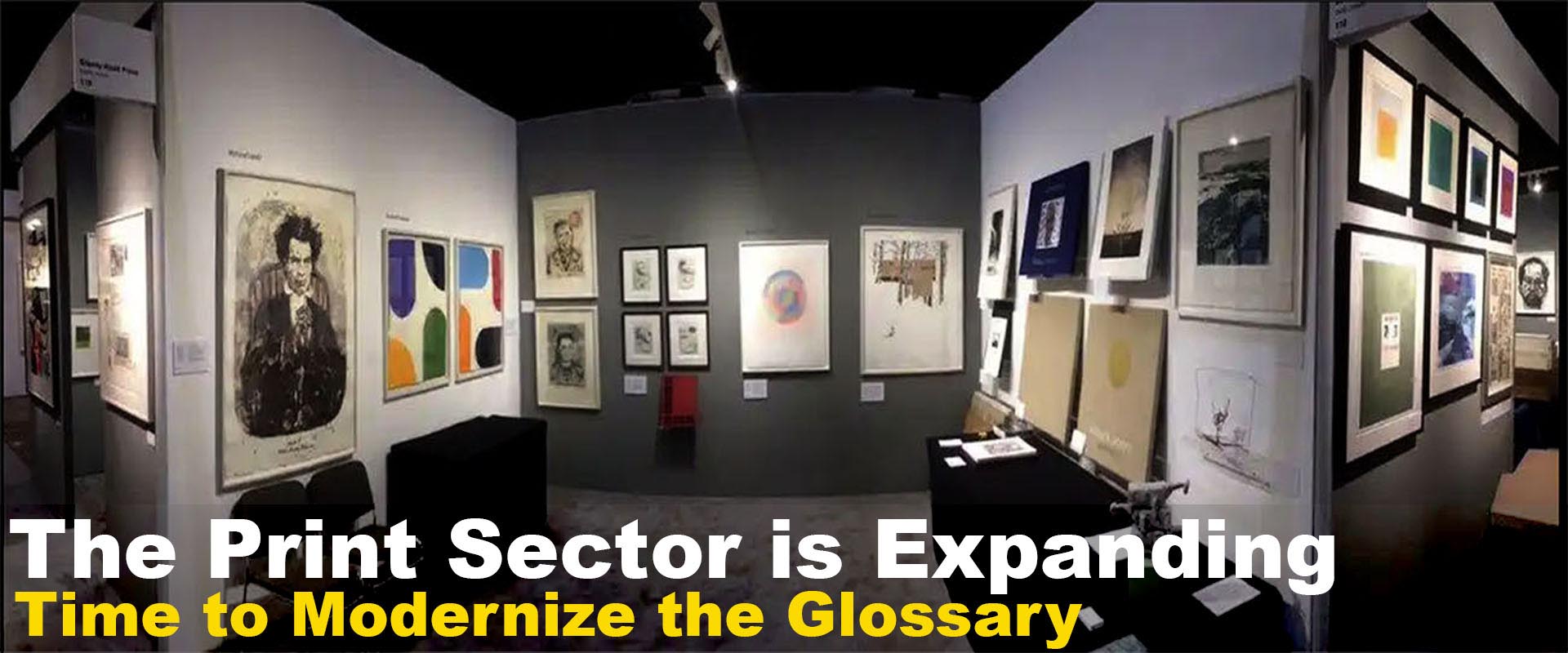
Despite the international print market’s remarkable buoyancy, major players in the sector continue to shoot themselves in the feet by failing to clarify what constitutes a print, an original, a multiple, and a reproduction or copy. Sounds simple enough, but digital production methods seem to have caught some people off guard and others cloaked in denial. I’ll explore the phenomenon in this article, but first a little background:
In late 2023, the annual IFPDA Fair (International Fine Print Dealers Association) took place in NYC over the final weekend of October. IFPDA has grown to become the largest and most important print fair in the world, featuring everything from classic works, master prints, and new print forms from the world’s leading modern and contemporary artists with price points to suit almost every budget.
Having also seen a few SE Asian exhibitions this past year featuring prints and multiples, I thought it would be interesting to revisit this often overlooked and under-appreciated art form that has been resilient over the past two years. As I currently market several types of work in this sector, it is important to stay abreast of the general thinking.
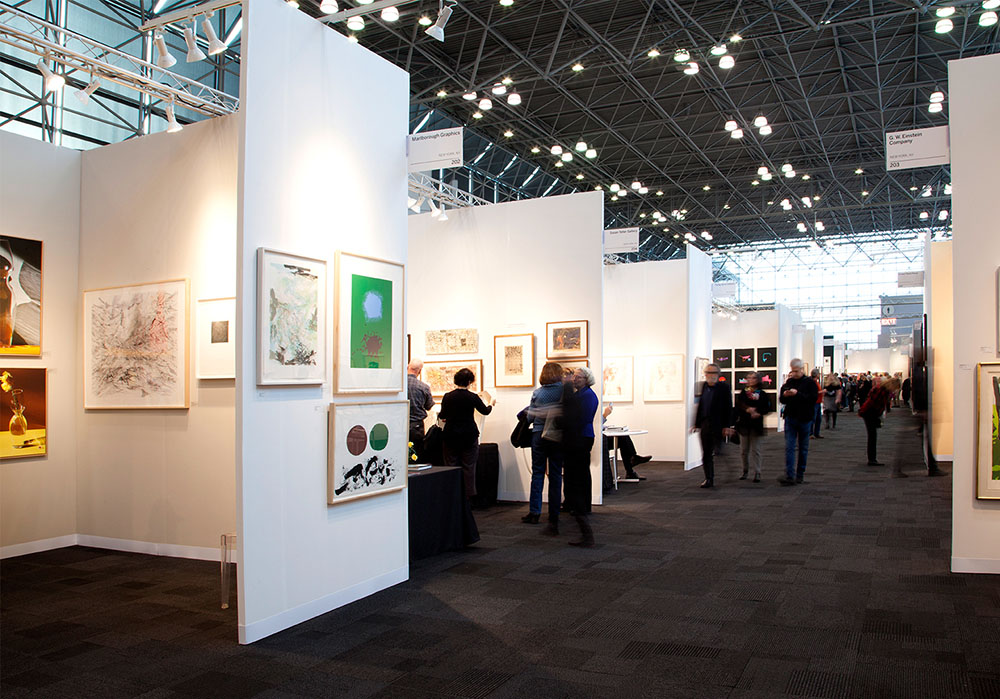
While the entire art market bounced back after the pandemic to show commendable strength in 2021 and 2022, many sectors were soft in 2023. One that bucked the slide and continued to expand was the print market.
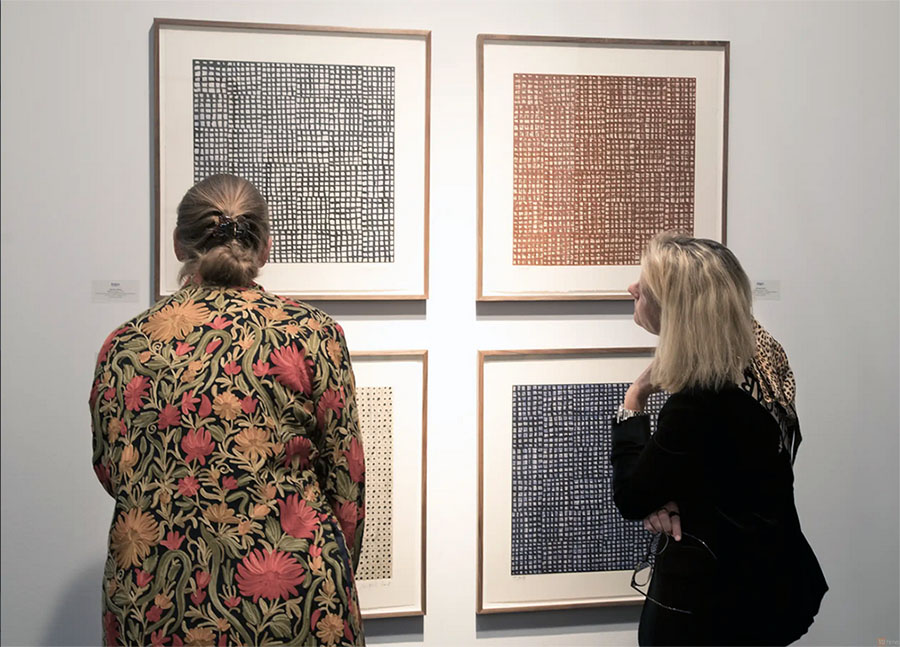 Fair visitors closely scrutinize fine art prints (Image © IFPDA/Art Newspaper)
Fair visitors closely scrutinize fine art prints (Image © IFPDA/Art Newspaper)
Price Purgatory
But are price points too low to maintain a strong print market for high-quality, collection-worthy works? According to Tim Schneider of the Art Newspaper, it’s very possible if not probable. Schneider claims prints may be in price purgatory: too costly to create a mass market, too affordable to attract an elite one.
“The chief value proposition of prints and multiples is their capacity to reach a larger, more middle-class pool of buyers than paintings or sculptures. Producing many editions of the same work means greater availability, lower prices, and less art-world favoritism in determining which customers should be allowed to acquire what is on offer.
And yet, even though the prices for editioned prints and multiples are lower, they’re still not low enough that the average middle-class person would choose to fill their walls with limited-edition prints from IFPDA members, rather than mass-produced decorations from a lifestyle brand or a home-goods store.
That’s only half the dilemma, too. Among most people who consider themselves “serious” collectors, prints and multiples also tend to be considered not expensive enough to be worth their investment. Ironically, this means that editioned prints are often sentenced to what I would call price purgatory: too costly to create a mass market, too affordable to attract an elite one.” - T. Schneider
Artists are finding that Schneider is correct. I suggest perusing the YouTube “How to be a Successful Artist” video section where the common refrain regarding price-setting goes something like this:
“Collectors won’t even sniff a work if the price is too low, but if you price it too high, you immediately forfeit 99% of the potential market.”
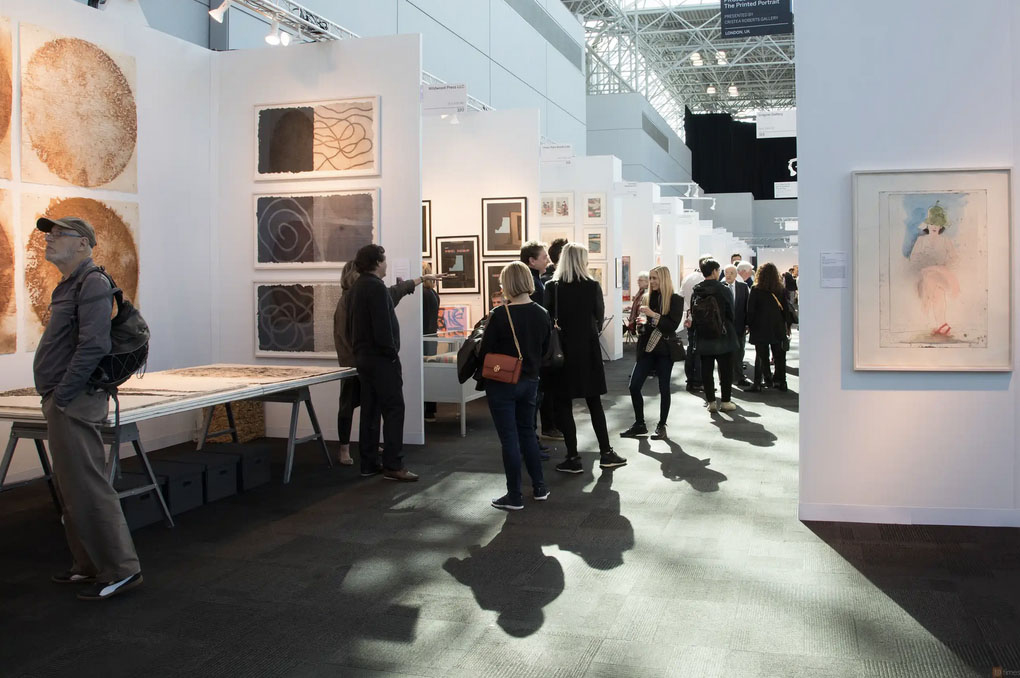 Print Fairs attract new collectors to the sector (Image © IFPDA/Art Newspaper)
Print Fairs attract new collectors to the sector (Image © IFPDA/Art Newspaper)
Okay, so we generally agree that the print sector needs some clarification regarding value setting. To accomplish this, and perhaps clarify the market for everyone involved, we first need to clarify what printing is. This is where contemporary and traditional opinions tend to diverge.
Printing - What is it? What isn’t it?
According to Schneider, “nowhere in the art business has tension been felt more acutely or more persistently than in the market for prints and multiples. Dealers in this niche still find themselves battling against the same fundamental fallacy that has bedeviled their predecessors in the West since at least the 18th century when some printers first began creating mass reproductions of pieces made for other purposes.”
“A print is not a copy of a work, it is a work itself,” adds Jenny Gibbs, the executive director of the IFPDA, when asked to name the biggest misconception about the market for prints and multiples.
My most recent exposure to the ongoing debate came when reading a forward written by a renowned local art professor for an exhibition featuring only prints by local and invited international printmakers that took place around the same time as the IFPDA fair in NYC.
As I was unable to contact the professor to discuss the matter before publication, he will remain nameless. Nevertheless, his words were emphatic and thus a must-read for all aspiring printmakers and artists. The following is an excerpt from his opening remarks for the print exhibition:
“A print, however it is produced, is considered an original artwork (albeit in multiple forms) if it has been conceived by the artist for the chosen medium. It can be derived from a painting or drawing using the artwork as source material, and can still be considered an original. However, if the work is directly transposed onto a screen, block, or plate by photographic, or other technological means that allows it to be produced in duplicate form, then this is not considered an original print but a reproduction, and should be labeled and sold as such.”
- - - - -
To clarify before going forward, Schneider, Gibbs, and many others in the print field take the approach that it is the intent of the artist that qualifies it as an original print, not the tools. For example, digital artists and photographers intend to print their creations. They use their cameras, tablets or computers to create pictures or digital images with the intent of printing or digitally displaying their original work. Likewise, screen printers create original digital plates with the intent of printing either unlimited or limited editions from their designs. The artists then decide if they want to limit the print to one original, a series of multiples, or an unlimited multiple.
Conversely, the unnamed professor also agrees that intent of the artist is key, but then he capitulates to those who to this day in 2024 remain paranoid about technology by claiming that despite the intent of the artist to produce originals, if their work passes through a secondary technology process of a screen, scan or photograph, then the work can no longer be considered an original work. Instead it is only a lesser "copy."
- - - - -
Using the professor's narrowed definition of an original print —and by introducing technology as a disqualifying factor in several cases —the renowned academic has essentially marginalized the works of hundreds of thousands of artists and photographers practicing in the following fields:
1. Digital artists, and many mixed-media artists who combine digital and analog elements in their original works.
2. Most contemporary photographers, whether they use digital files, negatives, or transparencies.
3. The majority of silkscreen printers who have been using computer processing to create digital plates to mask light-sensitive photo emulsions when creating their plates for decades.
4. Artists who employ silkscreen companies that go even one step further to create their color plates entirely by printer with no mask / emulsion / washing processes whatsoever. Examples are the RISO Goccopro line that prints plates that are ready to pull colors with plates directly printed from computer files.
Under the professor’s interpretation, the works of these artists would qualify only as reproductions, not original prints, even though the original artwork was produced first-hand by the actual artist using various input tools including drawing tablets, pens, separation software, or scanners.
- - - - -
Several years ago I forecast this impasse after equipment was developed to computerize the entire plate and print-making processes. Skeptics by this point had relented to photographs and digital files being considered originals even though the artists could essentially produce unlimited copies of them, Regardless of the copiability, the fact remains that the actual artwork is original, period. The valuation of those originals is a different issue and can fluctuate as it does with many items based on quantity produced, market acceptance, scarcity, etc.
Artists using digital tools have long battled the stigma of their work being "only" digital. This has a sore spot for almost two decades. Many have fougt back against so-called "real" artists who have employed any of the following techniques:
1. Artists who project computer images or transparencies onto a wall and then trace their projected image on a canvas taped to the wall. Julie Mehretu comes to mind as one mega artist who employs this approach, and her works are regularly sold for massive amounts at auctions. Nobody has every said that her works are not original because she used a computer for the design, nor are they less worthy because she has a team of assistants to help with her sprawling works.
2. Let's not forget Caravaggio and centuries of artists who used lightboxes hundreds of years ago to project imagery onto walls to trace.
3. Painters who copy their paintings from photographs and then use funky contraptions to auto-upscale their work mechanically. Professors still teach this trickery. Oh, the outrage.
4. Artists who create designs on computers and have other craftspersons make them for them, with little to no interaction with the artist beyond the original design. The list of artists who never touched some of their own work during production is legendary. Koons, Hirst, Warhol, etc. Some of the largest names in the historical canon of art, in other words. Why are these works not considered "reproductions" or "disqualified because they are not made directly by the hand of the artist" while digital imaging specialists are routinely rejected by galleries and collectors because they used a drawing tablet and computer screen during parts of the creation phase?
5. Artists who have zero interaction with the actual printing process, even if they designed the original sketch or plate. This is another long list of artists who make the original art and leave the screen printers to make the plates and pull the prints. The last time I checked, there are fewer professional artists who pull their own prints than there are artists who hire master printers to do it for them. (I have no beef with any of them, but I'm tired of them getting free passes in the "original print" classification.)
Perhaps it is the old-school thinking that leads Tim Schneider and many others to conclude that “to consider the works of artists merely “reproductive” rather than “original” is to deny the art world of some of the most innovative and creative artworks produced over the past 60+ years.”
I agree 100% with Schneider. While the local art professor tried to frame the argument in terms of originals and reproductions, what he was also doing was marginalizing the advancement of technology in the field of visual arts. Traditional artists have been trying to protect these crafts for decades, and gallerists have been doing likewise to protect their markets for just as long. Neither wants competition from new methods to create similar outcomes, especially those that can be produced easily, quickly, and more accurately.
I say let artists use whatever they want however they want. But what I do reject unequivocally is the hypocrisy and cronyism of people trying to thwart change.
Cases in point:
A. I know a few print artists who were accepted into the very exhibition where the art professor unilaterally pre-defined the difference between original prints and reproductive copies. These artist friends openly use computers and photographic methods to make their plates and prints, which the professor calls "mere repro copies" in most cases. Despite this, they were admitted as original prints and sold their wares in the exhibition. I say all the power to them, I love their work, but let’s be fair and apply the same rules for everyone.
B. I also know several regional artists who do most of their drawings on a computer, and then print faint back drawings to size before using carbon pencils or brushes to fill out the “original artwork.” A couple of them have even been honored with national awards… are you ready… one for original drawing and the other in a competition restricted to paintings! I was thrilled for their recognition, but when asked to clarify their workflow, both publicly denied any computer intervention and their galleries backed them up. Hard to believe this is still a thing in 2024.
I routinely see work that is at least partly produced digitally, but denial still seems to be the name of the game in some parts. I know it's not the artists, and it's likely not the gallerists in most cases. Perhaps they must conform to the conditions of their collector market?
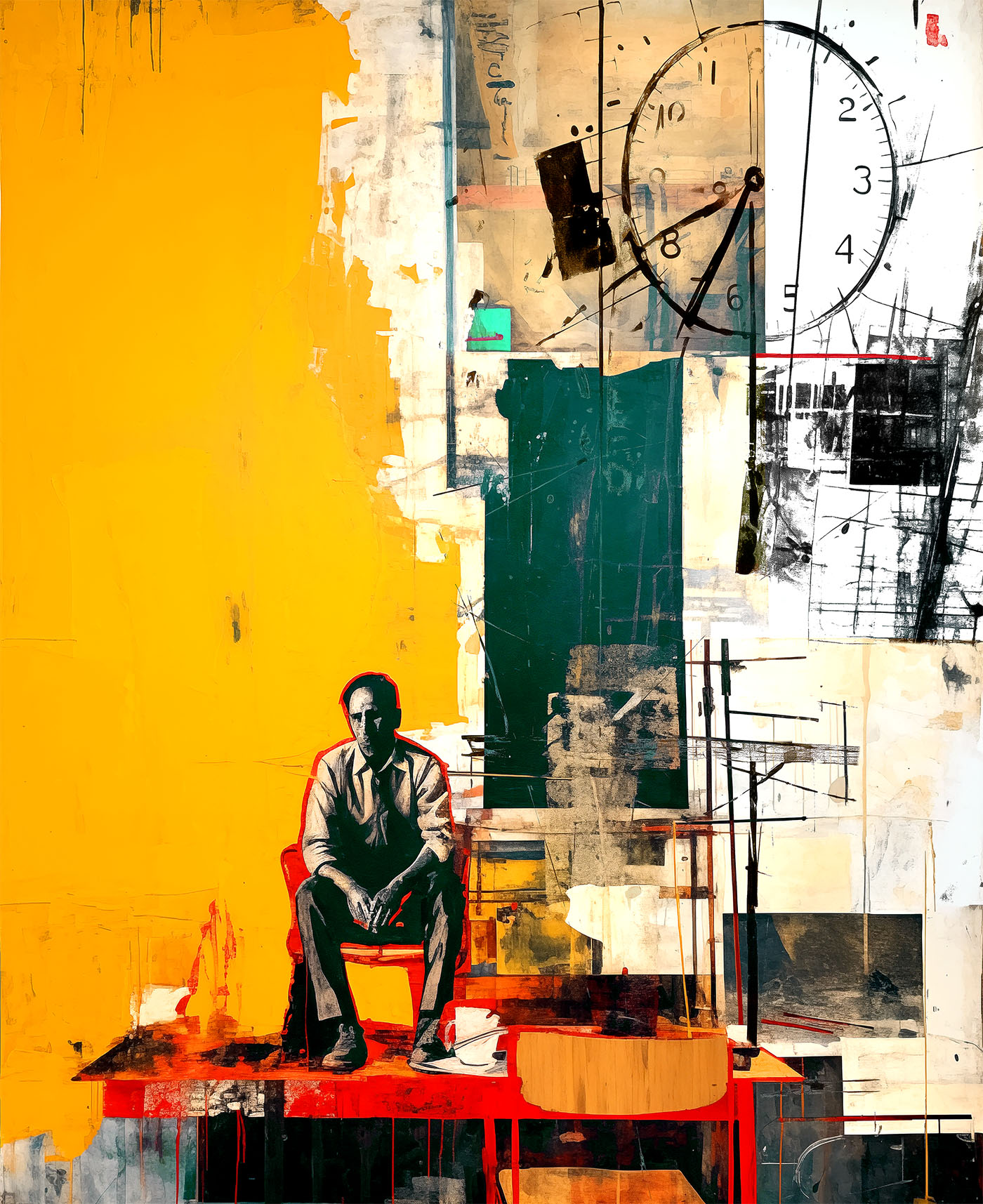 Thousands of mixed-media artists combining elements are unjustly marginalized as "copiers"
Thousands of mixed-media artists combining elements are unjustly marginalized as "copiers"
The need to clarify the use of digital plates to make prints and/or the printing of computer files as original art are both long past the point where further explanation or justification is required. I choose to adhere to the guidelines set forth by Adam McCoy, former vice president and senior specialist of the print department for Christie’s auction house for fourteen years before moving on to head the department of prints and multiples at Artsy and then to Rago Auctions (https://www.ragoarts.com/auctions).
According to Adam McCoy, “Strictly speaking, a print is any work executed on one support with the purpose to be transferred onto another support.” Most often, the second support is paper. However, it could be a range of other materials such as aluminum, canvas, etcetera.”
Aha! No mention of technology whatsoever. Nothing is stopping the original support from being a tablet or touch screen that accepts direct input from the artist. Under this definition, all forms of screen printing also qualify as a method of producing multiple originals whereby the artist creates his work that is used to produce the screen plates that are then used to pull various colors of ink.” Again, no mention of how the plates were created because it doesn't matter in the year 2024. What makes a screenprint a screenprint is the act of pulling various colors of ink over the plates. End of story.
Some collectors will continue to refuse to buy certain types of work, but that is entirely their prerogative. This has always been the case, What’s distasteful is when art world professionals tell their collectors that something is aesthetically inferior based on antiquated notions of originality after refusing to acknowledge thirty years of technological growth in printmaking and artmaking.
Side note: One former gallery owner from New Jersey despised prints and refused to have them in her gallery even though the market was quite hot for prints from certain artists to which she had direct access. She felt prints were uncontrollable and that the market was wrought with fraud. She's not entirely wrong, but surprise, surprise: Her husband was a sculptor working in bronze who routinely oversold his limited editions. He somehow wanted to believe that he could sell as many artist proofs as he wanted even though the sculptures were registered and priced as Editions of 7 plus one AP. You can’t make this stuff up. Hypocrisy is widespread. Black, meet kettle.
David Tunick, IFPDA President and NYC gallery owner sums it up eloquently without bashing technology: “Printmaking is a different medium – just as original and just as important as paintings, drawings, and sculpture to artists like Rembrandt, Goya, Toulouse-Lautrec, Picasso, Matisse, and Warhol, to mention a tiny handful.”
In other words, using a computer or technological device at some point in the printmaking process is not the deciding factor of whether something is an original print or a copy. It’s what the artist intends to do with the original picture that makes it an original, a multiple, a limited edition, or a reproduction, NOT the tools used to make it.
To David’s list, I’ll add some contemporary names, including Andy Warhol, Jean-Michel Basquiat, Robert Rauschenberg, Damien Hirst, John Baldessari, Julie Mehretu, Cindy Sherman, Jeff Wall, Andreas Gursky, Jeff Crewsden, Ed Ruscha, Wade Guyton, the estate of Mexican master Rufino Tamayo, and far too many mixed media artists to list who have worked with various forms of printmaking —with and without technology — at various stages of their workflow. Because of their standings in the art world, none of them were ever rejected as mere reproducers or illegitimate artists. It's time to make the same judgments for all artists, especially young emerging digital artists, regardless of prior fame.
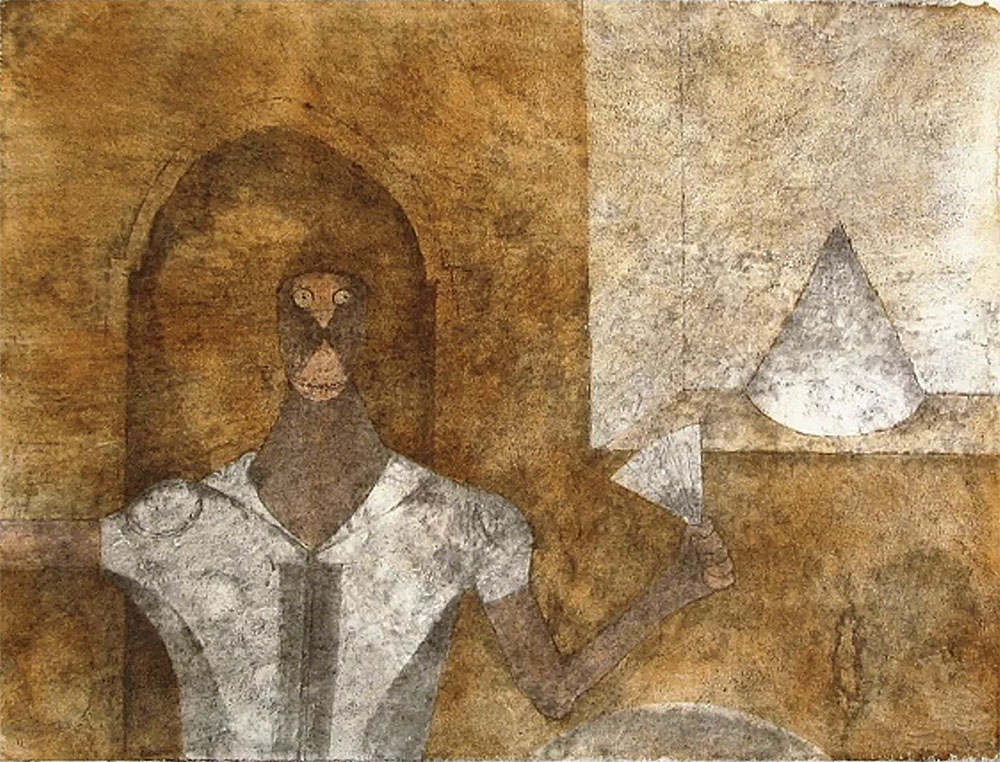 After Rufino Tamayo died in 1991, rumors swirled that the artist pre-signed hundreds of blank lithograph sheets so that his estate
After Rufino Tamayo died in 1991, rumors swirled that the artist pre-signed hundreds of blank lithograph sheets so that his estate
For more insight about printmaking from Tim Schneider, read his comments at the Gray Market:
https://www.theartnewspaper.com/2023/10/27/gray-market-ifpda-print-fair
Note: We were unable to establish the precise copyright holder of some of the images. If you have a claim, please advise and we will remove the image immediately.
